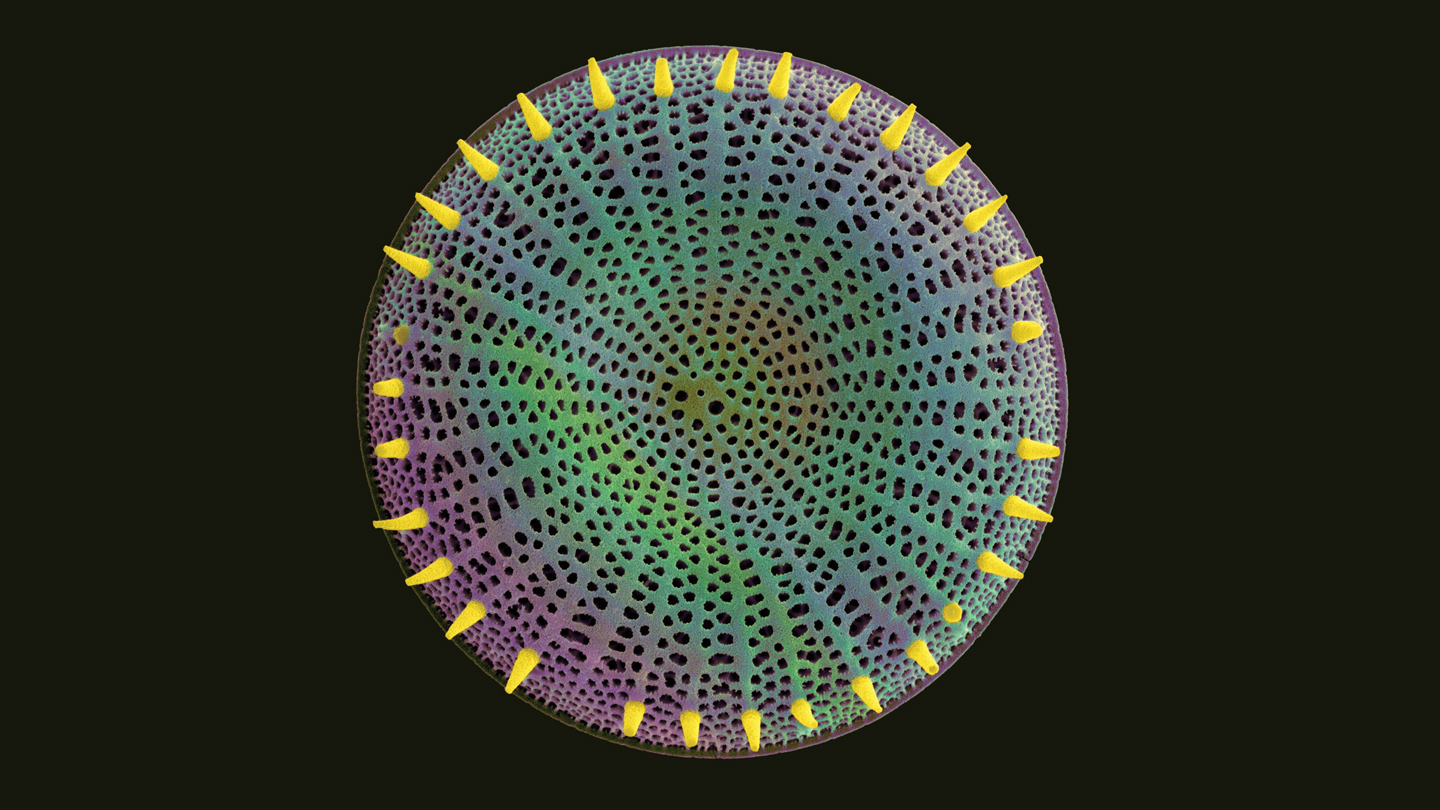This article was originally published on Oct. 9, 2020.
The scientific world is in the midst of a decade-long psychedelic renaissance. This revolution is expanding our understanding of one of the most captivating scientific puzzles: human consciousness. Numerous research fields are revealing new insights into how psychedelics affect the brain and which neural processes underly consciousness.
Multiple studies testing psychedelic drugs for treating mental illness provide compelling evidence of their therapeutic benefit. Treated disorders have included depression, anxiety, post-traumatic stress disorder, anorexia, obsessive compulsive disorder and addiction. Dozens of clinical trials are underway, the majority investigating the therapeutic effect of psilocybin, the active component in so-called magic mushrooms. This natural compound belongs to the class of serotonergic psychedelics — those that activate serotonin (type 2A) receptors.
Researchers are examining the distribution of serotonin 2A receptors to help pinpoint the brain areas affected by psychedelics. The greater the density of these receptors, the greater the likelihood that a particular brain region contributes to the psychedelic experience, according to a study published in Neuropsychopharmacology. Knowing this helps us understand how psychedelics exert their positive therapeutic effect, as well as which brain regions are involved in various states of consciousness.
How Do Psychedelic Drugs Affect the Brain?
The claustrum is one of multiple brain regions that is rich in serotonin 2A receptors and organizes brain activity. Cognitive neuroscientist Frederick Barrett and colleagues at the Johns Hopkins Center for Psychedelic and Consciousness Research recently examined how psilocybin affects neural activity in the claustrum.
Published in NeuroImage, their breakthrough study used real-time brain scans in humans to show that psilocybin reduces activity in the claustrum by up to 30 percent. This coincides with people’s subjective feelings of ego dissolution and oneness with their environment while under the influence of the drug. The less active the claustrum, the stronger the psychedelic effect reported by participants, including mystical and emotional experiences, and a reduced sense of self. The authors write that the work “supports a possible role of the claustrum in the subjective and therapeutic effects of psilocybin.”
In this mysterious part of the brain, a thin sheet of neurons sends and receives signals to and from other brain regions. Growing evidence suggests the claustrum orchestrates consciousness — gathering, sending and integrating information from almost every brain region. Some, like neuroscientist Christof Koch, believe that the sense of self and ego rest here.
Several years ago, Koch and colleagues of the Allen Brain Institute for Brain Science found anatomical evidence in mice to support this idea. They identified several large neurons projecting from the claustrum, with one wrapping around the circumference of the brain. Around the same time, they published a paper in the Journal of Comparative Neurology describing the vast connections between the claustrum and various brain regions in mice.
Read More: This Is Your Brain On Magic Mushrooms
Barrett says that “while the claustrum has received attention as a potential mediator of consciousness as well as psychedelic experience, our current thinking is that the claustrum helps to integrate and orchestrate the coherence of brain networks as they support perception and cognition.”
How Psychedelic Drugs Work on Human Consciousness
Variations in activity levels of the claustrum are associated with different states of consciousness. For example, the claustrum coordinates synchronized slow-wave activity in the brain. This particular state of consciousness is a feature of certain deep sleep stages during which the brain maintains synapses and consolidates memories. Neuroscientist Yoshihiro Yoshihara and colleagues of the RIKEN Center for Brain Science recently published a compelling study in Nature Neuroscience. They showed in mice that increased neural activity in the claustrum mediates a global silencing of brain activity through resting state slow-waves.
Psilocybin likely subdues the so-called gate-keeper function of the claustrum, causing a loss of organized, constrained brain activity, according to neuroscientists Robin Carhart-Harris and Karl Friston. Such desynchronization increases connectivity between brain regions that are otherwise not engaged with one another, producing a change in consciousness.
Combined with supportive psychotherapy, such expansive, unconstrained cross-talk between brain regions is believed to help break habitual patterns of thinking and behavior, leading to psychological breakthroughs. This mechanism may also explain how psilocybin can affect positive change in such a wide variety of psychiatric conditions. Neuropsychopharmacologist David Nutt and colleagues of the Centre for Psychedelic Research at Imperial College London discuss these ideas in a paper published in Cell.
Einstein’s Music
Though anecdotal, Albert Einstein believed that his most profound scientific breakthroughs happened because he played the violin. He said this practice encouraged communication between different parts of his brain in unique ways that were otherwise inaccessible to his conscious mind. Is it possible that Einstein was describing a state of consciousness invoked by creative pursuits that mimic, albeit to a far lesser extent, the effect of psychedelics in the brain?
Barrett believes that listening to and playing music require a similar presence of mind to deep meditation — a connection to the here and now. Barrett says that “one of the unique anecdotal effects of psychedelics is said to be complete absorption in the present moment, and to this degree, I do believe that musical experiences can involve similar states of consciousness (albeit to a far lesser extent) to the effects of psychedelics.”
Regarding the role of the claustrum, Barrett adds that its function during musical experiences has not yet been studied. “Theoretically, this brain structure would be necessary for helping to coordinate brain states during musical experiences.” He points out that the claustrum would need to function like a highly controlled orchestra conductor in order to support musical experiences — unlike psychedelics, which undermine claustrum activity. “If musical experiences and psychedelic experiences both involve the claustrum” he says, “they may do so in very different ways.”
Human Consciousness Evolution Away From Drugs
Psychedelic-like experiences and altered states of consciousness can occur in the absence of mind-altering drugs. For example, sensory deprivation is known to trigger hallucinations. In fact, sensory deprivation therapy may help treat some of the same psychological disorders as psychedelic therapy, such as depression and anxiety. Given the claustrum’s role in integrating multisensory inputs, investigating its function in drug-free, psychedelic-like experiences may answer some intriguing questions about human consciousness in the future.
Barrett suggests that the claustrum probably plays a fundamental, yet different, role in all of these experiences: “Lack of sensory input may indeed lead to an imbalance in or disruption of the typical networks and circuits that are involved in claustrum function, however the mechanism by which this might happen is unclear.”
While we have yet to crack the code of human consciousness, incremental discoveries from different disciplines may stimulate scientific creativity and enable ongoing progress. Perhaps it is precisely such expansive, unconstrained communication between research areas that will lead us towards the most profound breakthroughs.














